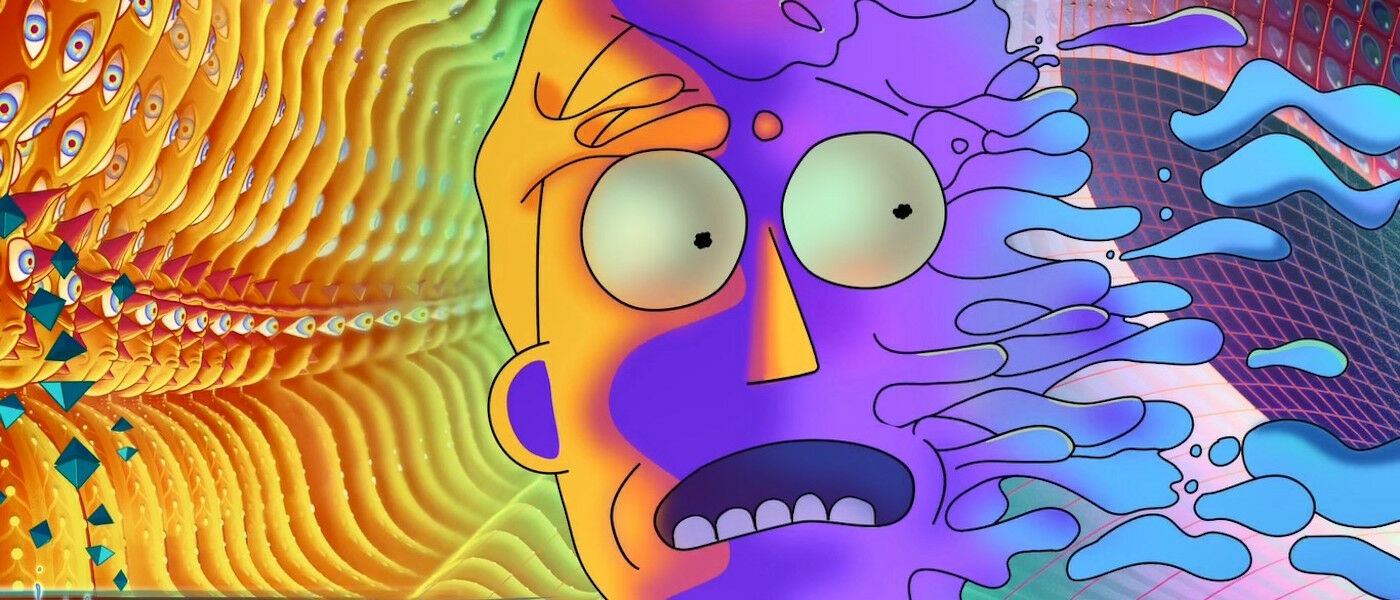Black Holes: Fact vs. Fiction

Black holes are some of the most interesting and powerful phenomena in the universe, and currently the subject of Liberty Science Center's stunning show, Black Holes, now playing in our Jennifer Chalsty Planetarium, the biggest planetarium in the Western Hemisphere.
Since they're so fascinating, it's no surprise that science fiction has made use of them in a host of creative and interesting ways – sometimes in line with the real science, and sometimes not so much.
Here is a look at some of these depictions of black holes to see how they compare to the science.
Event Horizon
Black holes are too far away to photograph with present technology (though the Event Horizon telescope is aiming to change that soon), so our culture’s imagination lacks a clear picture of what black holes really look like – and that comes through in science fiction.
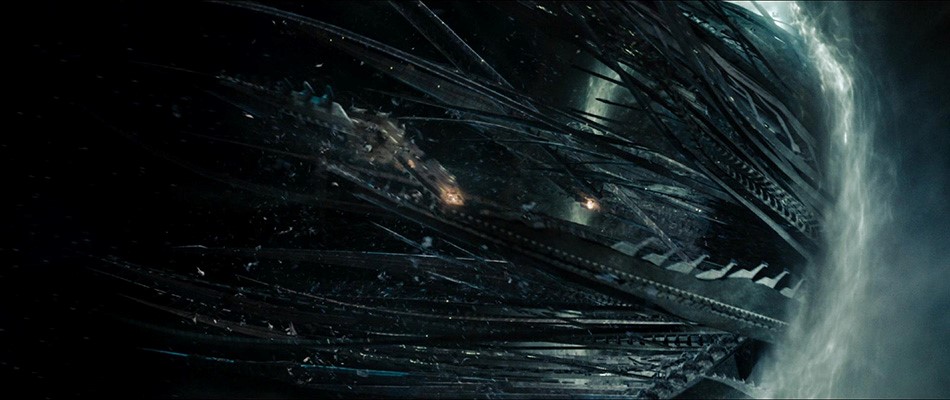
In the 2009 film Star Trek, black holes appear numerous times – the villain’s ship falls into a black hole at the end, and the Starship Enterprise nearly does, too. In this scene the black hole looks like a flat disk with bright edges, almost like a magical portal.
The black hole in Interstellar, however, takes a different approach – it appears to be a black sphere with a bright disk circling around it, and curving above and below it.
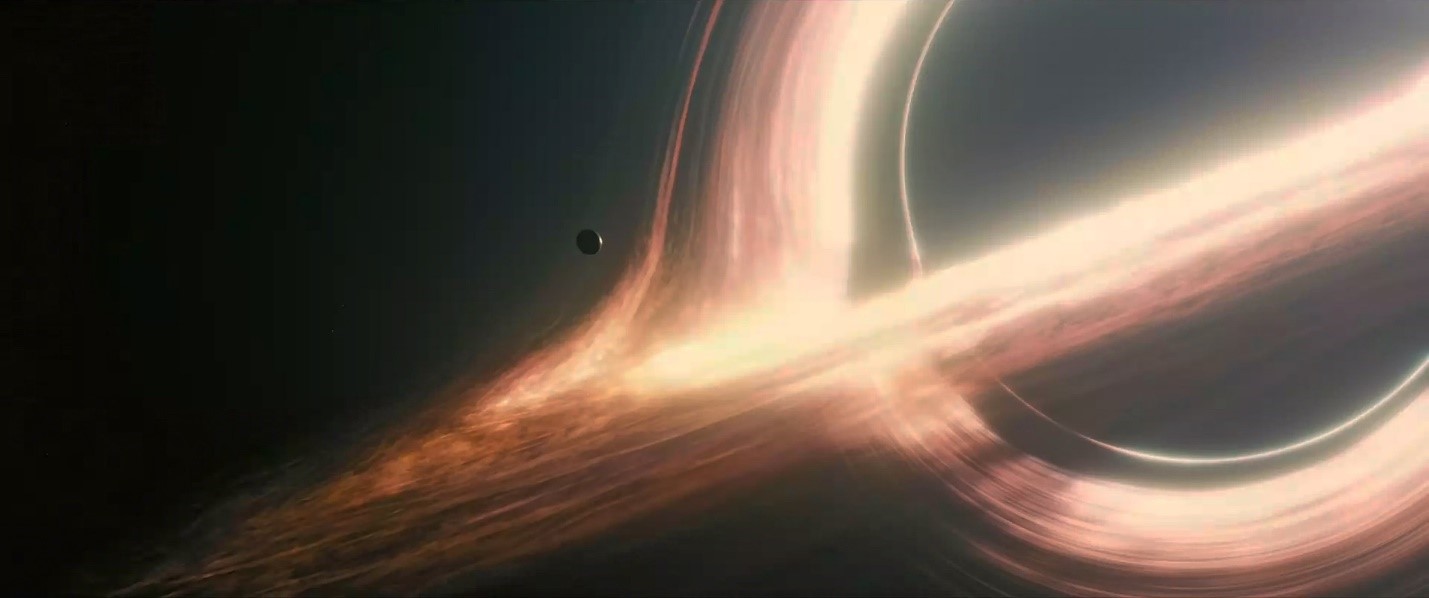
That’s more like what a black hole would really look like – most black holes we know of start as stars, which are spheres, and collapse inward; they don’t change shape. The black “edge” of the black hole, called the Event Horizon, isn’t actually a solid barrier – it’s just the point from which light can’t escape, which is why it looks black.
Both Interstellar and Star Trek do include bright disks around the hole, which is accurate; this is called an accretion disk, a disk of matter swirling into the hole. This is usually material taken from a nearby star as it’s slowly consumed. And the part that curves above and below the hole is an optical illusion – the hole’s gravity is so strong it can act as a lens, distorting light from the accretion disk.
Time Dilation
In the 90s sci-fi series Andromeda, a starship called Andromeda Ascendant falls into a black hole during a major battle. 300 years later, a salvage ship finds the Andromeda, still frozen in time, still about to fall into the black hole.
In Interstellar, the crew lands on a planet orbiting a black hole deep within its gravity field, and finds that minutes spent on the moon translate to years back on Earth.
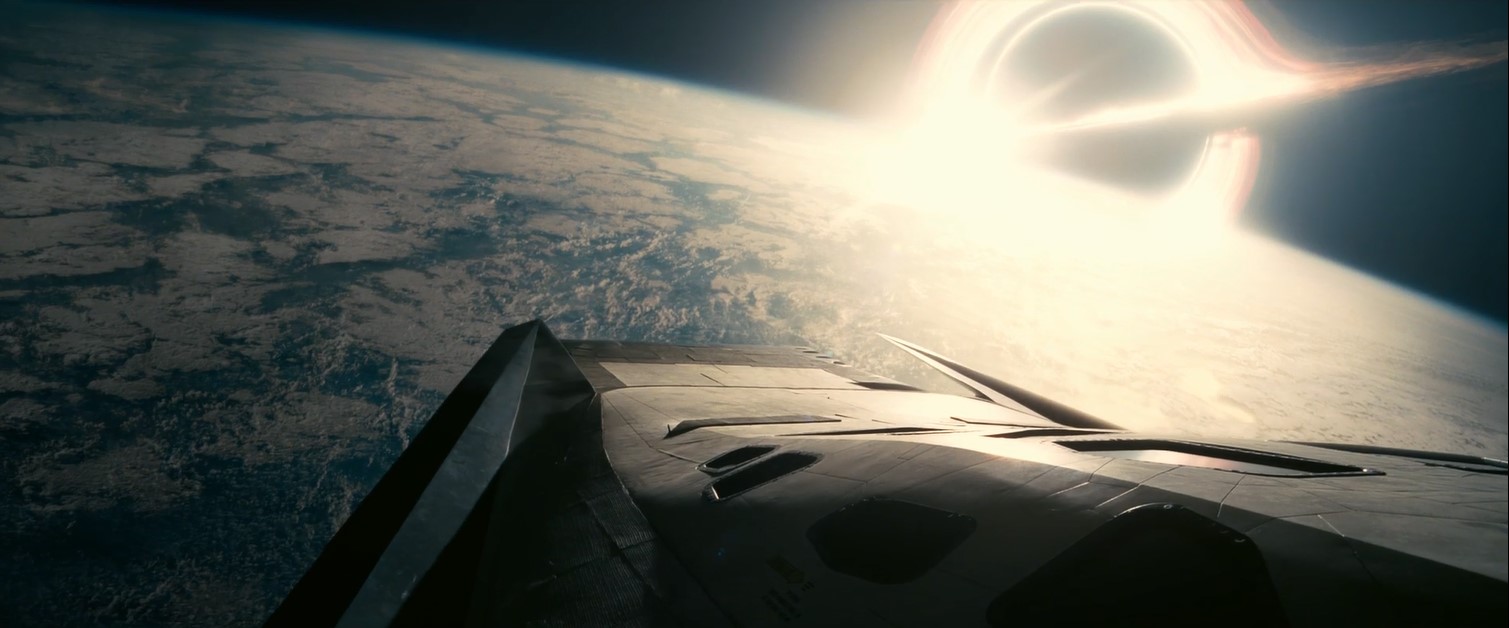
In an episode of the 90s series Stargate SG-1, the Stargate opens a portal to a system where a black hole is present – and the time difference between the people in the control room and on the planet near the black hole becomes immense.
All three of these examples show a very real phenomenon called time dilation, according to Einstein’s General Theory of Relativity – and it’s not limited to black holes. The deeper you get into a gravity field, the more your time shifts with respect to the outside world. This is real time travel into the future – just as we see in Andromeda, if you were close enough to a black hole, years could pass on the outside while moments have passed for you on your ship, and you won’t have aged.
There’s some degree of time dilation even on Earth: satellites orbiting the Earth, being further out from the gravity field than we are, are very slightly out of sync with us.
Where do black holes come from?
When sci-fi shows black holes being born, they depict a wide variety of origins – but where do they really come from?
In the 1998 film Lost in Space, a planet is made unstable due to the presence of a time portal; at the end of the film, the planet collapses into a black hole as the Jupiter II, the protagonists’ ship, tries to escape.
The film Star Trek, meanwhile, imagines a fictional substance called red matter – this matter seems to create black holes when it comes into contact with normal matter. In the movie, they inject it into a star during its supernova explosion and later a planet, creating black holes in both cases.
The real origin of most black holes is much less exotic than either of these. They’re formed when stars run out of fuel and collapse; when they get small enough, light can no longer escape, making them black holes. Simple as that.
This only happens to stars much more massive than our Sun, so ours will never become a black hole.
Singularity
What resides inside a black hole? What would happen to you if you were inside one? You might have heard that you’d be spaghettified, or stretched out into the shape of spaghetti, as you fall into a black hole. But for supermassive black holes, it’s actually possible to get inside the Event Horizon without being spaghettified. So if you went in, what would happen to you?
Sci-fi seems to have gravitated toward an answer – but is it the right one?
In Interstellar, Cooper finally enters the black hole to find a sort of time travel nexus – he can go to his past and send a message for his daughter to find, leading to the events of the movie. By moving back and forth, he can go forward or back in time.
In the computer game Spore, going inside the supermassive black hole at the center of the galaxy leads to a meeting with an alien named Steve who will grant you an ultimately powerful Staff of Life.
The cartoon series Rick and Morty, meanwhile, has three characters fall into a black hole, only to go through a reality-warping series of scenes, before coming out in one piece.
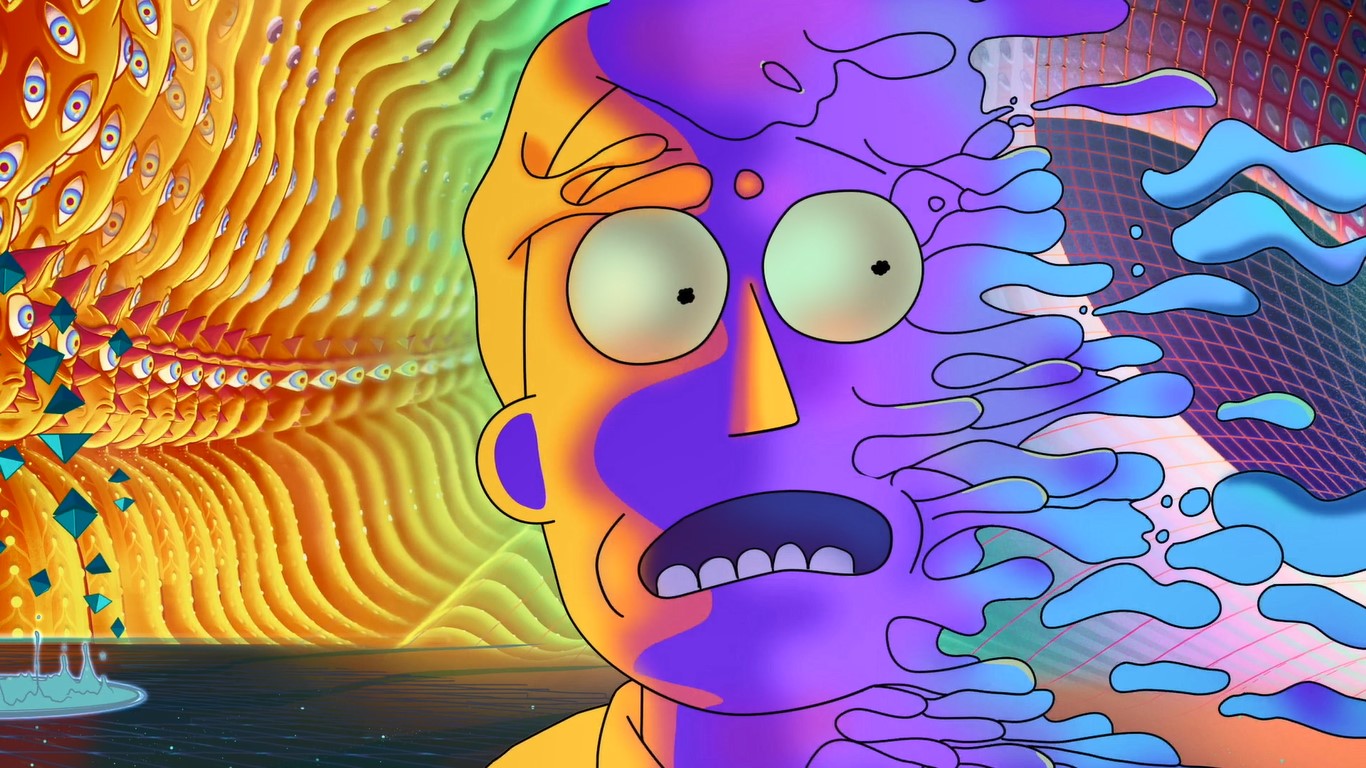
In all these examples, something transcendent and usually reality warping can be found inside the black hole.
Unfortunately, we don't know the actual truth. No light can escape from a black hole so we can’t look inside no matter how good our technology gets – not without going in.
Clearly there are still many mysteries yet to be revealed about black holes. Until then, you can feel their power in LSC's show Black Holes, now playing in the Jennifer Chalsty Planetarium, the biggest planetarium in the Western Hemisphere. Click here to get showtimes and see all our shows that are currently playing.
